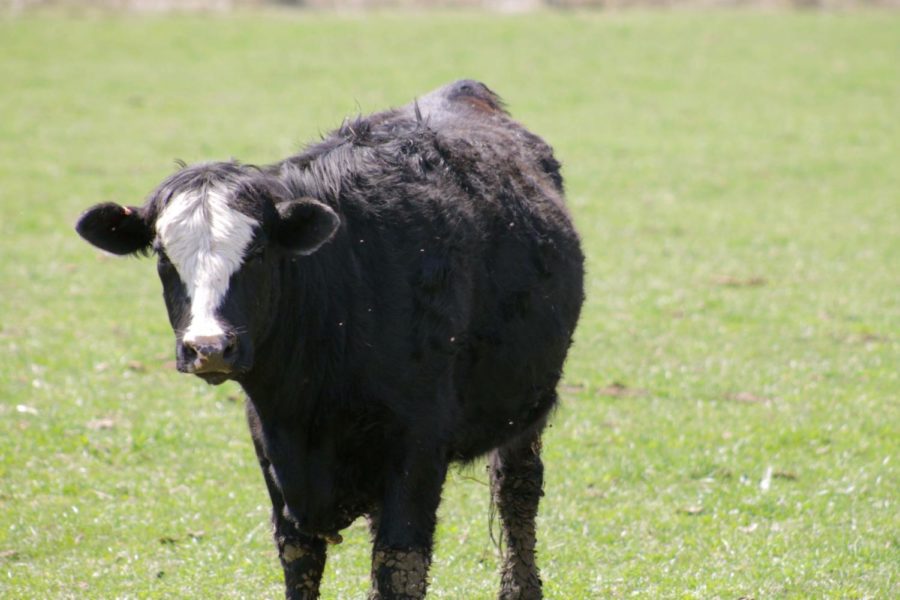New research leads to faster diagnoses, treatment plans
While there has not been a case of mad cow disease in the United States for many years, ranchers are constantly on guard and looking for new methods of diagnosis.
April 16, 2015
Innovative research by the U.S. Department of Agriculture’s National Animal Disease Center and an ISU professor could accelerate diagnosis of Alzheimer’s, Parkinson’s and Huntington’s disease in humans.
Heather Greenlee, associate professor of biomedical sciences in Iowa State’s College of Veterinary Medicine, worked with the National Animal Disease Center to diagnose bovine spongiform encephalopathy, also known as mad cow disease, earlier than ever before.
“The project planning phase started in 2005 was right after the first BSE diagnosis here,” said Justin Greenlee, veterinary medicine officer at the U.S. Department of Agriculture’s National Animal Disease Center.
Justin was in charge of animal protocols and day-to-day contact with animal caretakers. The animal trials took roughly three years to complete and will contribute to many other studies.
The untreatable disease has flared up in the past causing major concern, but is not currently an issue in the cattle industry. Justin said the research published will contribute to a better understanding of all prion diseases.
“The basic mechanism of BSE, the mis-folded prion that makes another one fold wrongly, that’s the same way Alzheimer’s works, the same way Parkinson’s disease works at the very basic level,” Heather said. “What we hope to do is apply the technology we’re developing to perhaps diagnosis or understanding those diseases better.”
The secret lies in the eye. Heather looked for changes in the eye’s function after inoculation, or exposure to the disease, by assessing the electrical activity happening when light was flashed in them. A thinner retina also clued that the animal was infected.
“We found this occurred before we could detect any other typical changes,” Heather said.
While Alzheimer’s research already incorporates research involving the eye, Heather said she and NADC would contribute to research using BSE as a model.
Prion diseases occur in other animals as well, including scrapie in sheep and chronic wasting disease in deer and elk.
“Chronic wasting disease is a lot more contagious between animals than BSE or scrapie,” Heather said. “It’s spreading quite rapidly across the country.”
Stakeholder groups, including deer and elk farmers and wildlife managers desire more research about chronic wasting disease. Justin said there is a lot of learning to do about the disease.
Creutzfeldt-Jakob disease is a rare human prion disease that could also utilize the BSE research model to develop early diagnosis and a broader understanding of the disease.
Recognized since the 1920s, CJD progresses quickly and is always fatal, according to the Center for Disease Control and Prevention.
Classic CJD account for the majority of CJD cases, occuring sporadically with no relation to BSE. Variant CJD, on the other hand, can be contracted from eating meat infected with BSE.
“I’m excited about the research because by studying cattle with BSE I think it can help us understand similar human diseases,” Heather said. “That’s what motivates me.”







